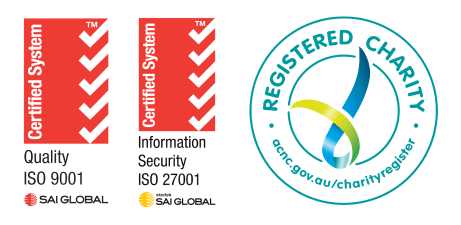
There have been significant recent changes to the Medicare Benefits Schedule (MBS) for chronic disease management.
These give us an opportunity to move from using care planning solely as a trigger for allied health referrals to something more patient-centred that can improve outcomes.
What changed on 1 July 2025
A single GP Chronic Condition Management Plan (GPCCMP) replaces the General Practitioner Management Plan and Team Care Arrangements (GPMP/TCA).
The eligibility criteria – requiring at least one chronic or terminal condition – are unchanged. However, the requirement to have two other practitioners involved to access an allied health referral has been removed. (Current templates can continue to be used because they remain compliant.)
Referrals to allied health are now on a letter rather than the Enhanced Primary Care document. Collaborating providers no longer need to be consulted during the plan creation.
Eliminating the TCA, in particular, means much, much less paperwork. Rebates for the preparation of the plan and the review have been equalised, with the TCA rebate dropped. This incentivises care plan reviews, promoting continuity and dynamic care planning with our patients.
Under the new model, there is no need to prepare a new care plan every two years. Instead, the original can be reviewed indefinitely, making it a living document, constantly changing and evolving with the patient.

The chronic care model – components of good care planning
In a seminal 1996 paper, US health researcher Dr Edward Wagner and colleagues identified that the components required to provide effective management of chronic disease:
- collaboration
- personalised care plans
- self-management education
- adherence to treatment
- follow up and monitoring.
The paper also suggested that programs successful in improving self-management have the three common characteristics:
- targeting
- goal setting
- planning.
Current care plans incorporate some of these, but haven’t always embedded them as components of a living document. Good care planning is a continuous process, rather than a one-off.
What prompts are useful to include in the care plan template?
The new care plans can be continuously updated rather than renewed. A dynamic live document can assist with care planning needs over the patient’s lifetime.
Consider adding these prompts to maximise care:
- identifying the care team involved in managing a patient’s care
- identifying patient goals and objectives
- identifying risk factors, such as alcohol use, smoking, exercise and diet
- frailty screening and a muscle health check
- aged care provider details
- social history, especially to identify people living alone and the supports they have in the community
- medication review and opportunity to refer for home medicines review and discussion about deprescribing
- prompts for other checks, such as kidney health, blood pressure and diabetes screening
- due dates for cervical, bowel, breast and other screens
- immunisation review/due dates
- screening for cognitive changes.
Maximising care planning with changed work flows
A 2018 review of chronic disease management interventions in primary care, led by UNSW research Dr Rebecca Reynolds, measured the effectiveness of different types of approach.
The results, in descending order, were:
- self-management support interventions
- delivery system design interventions
- decision support interventions
- clinical information system interventions
Taking a structured approach and incorporating these fundamentals will maximise care planning, improving practice viability and patient outcomes.
In 2023, health data specialists Cubiko published a piece identifying the “five key fundamentals” of any successful chronic disease management program. These were:
- access to support and funding
- structured process
- clinical care
- utilisation and capacity
- involving the team
The changes to the MBS structures provide an opportunity to modify this approach.
They prompt us to rethink how and why we do care plans, and shift from using care plans to access “the five allied health visits” to an opportunity to plan and map care with our patients, supporting self-management and patient goals, as well as supporting continuity of care.
This may mean changing workflows and processes. Consider using the below checklist.
Workflow and processes checklist: chronic disease management
| Team and patient communication |
|
| Care plan templates and software |
|
| AI and technology integration |
|
| Appointment and review strategies |
|
| Team-based care planning |
|
| Condition-specific workflows |
|
For more information:
Chronic Condition Management Items | HealthPathways Melbourne
Chronic Conditions Management | NWMPHN
Effective Management of Chronic Conditions | Flinders University
‘New care plan rebates are a positive,’ expert says | Healthed
Why gaining the trust of our patients with chronic disease translates to better outcomesv | Medical Republic
Disclaimer: NWMPHN provides Medicare information as a guide only and recommends general practitioners familiarise themselves with the detailed descriptions contained in the MBS, available at mbsonline.gov.au. Under the Health Insurance Act 1973 practitioners are legally responsible for services billed to Medicare under their Medicare provider number or in their name.






